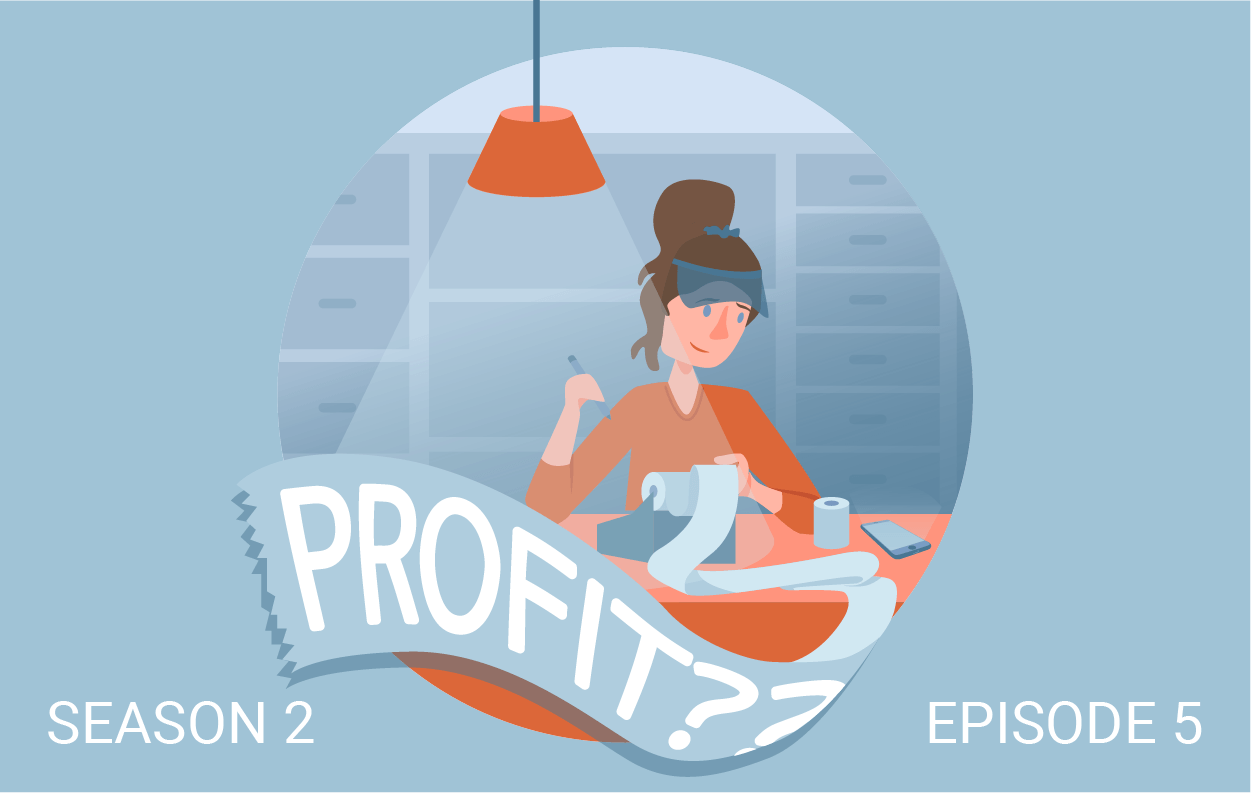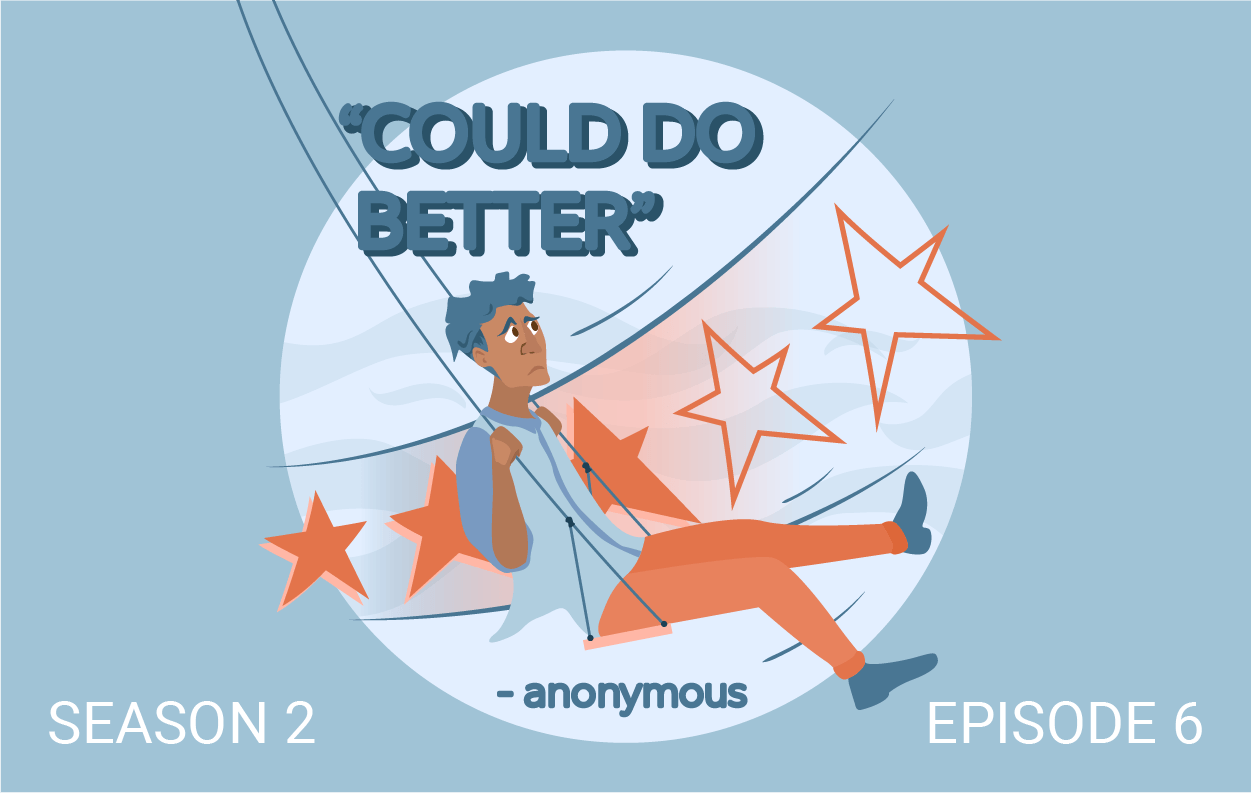
Reinventing the wheel
Do you need to constantly innovate?
MAKING IT WORK PODCAST
Season 2 | Episode 4
There are few words that get thrown around in the world of entrepreneurship as much as 'innovation'. And while for many, it brings about thoughts of Marie Curie and George Washington Carver, for small business owners being innovative is just one more way to survive.
From throwing things out there to "see what sticks" to staff meditation and yoga classes, all of these entrepreneurs have different approaches to innovation. The thing they all agree on? It's do or die.
So what can you do to stay one step ahead of the competition? And will our entrepreneurs ever run out of ideas?
Listen now
SHOW NOTES
Do entrepreneurs need to constantly innovate?
Marie Curie. Albert Einstein. George Washington Carver. All innovators, and all reminders that simply dropping names or reusing quotes is not, in fact, very innovative. ‘Innovation’ is a word that carries a lot of weight – particularly for startups who often have to differentiate themselves from other market players or even invent a market from scratch.
It sounds like hard work and it is. But is it worth it?
Reinventing the wheel?
Kat Samardzija certainly thinks so, and the proof is evident in her Locker Lifestyle brand, which makes useful wearable storage for athletes. It’s not quite as groundbreaking as revolutionizing agriculture or hammering out a unified field theory, but it doesn’t need to be. “I wouldn't use the word innovation as something new,” she says. “I think society as a whole has always had to change the way they do things, work within their environment in order to not only survive, but to make life easier and more affordable. So I think it's become more mainstream.”
Casey Kelley, CEO and co-founder of Florida-based Blended Designs shares Kat’s viewpoint. Her company makes backpacks – hardly original – but backpacks featuring people of color, something that previously only accounted for 2% of products in the field. It’s certainly given her business an edge, something that is a constant challenge. “I think there's a need to constantly stay ahead of the competition. So it's not necessarily being innovative within your space as much as within your category. Like, how do you stay ahead of the next person?”
Overdrawn at the ideas bank
One way of doing so is to keep coming up with new ideas, concepts or even new marketing slants, as Nik Hawks discovered when a video for his Paleo Treats company went viral. “We just tried this thing the other day, where we put a dance video on Instagram and it worked better than anyone could have imagined. And so it's this kind of accidental thing where we're always trying new stuff and then whatever works, double down on it and whatever doesn't, maybe try it again if you thought it should work. If it doesn't work the second time, move on.”
Of course, originality isn’t a faucet that everyone can turn on (and off) at will, so it’s also a case of recognizing inspiration – and serendipity – when it arises. “I think that the next big product will happen when we don't expect it to happen,” says Casey. “My husband just randomly said one day, we should put the characters on some masks, and we made masks that fit kids. Not a lot of people have masks that come in sizes that literally are designed to fit children.” That (successful) idea not only helped identify a gap in the market, “…it gave us the understanding of the strength of our brand and the strength of the characters.”
And as Paul Pallas, CEO of hardware supplier SWISCO reminds, just taking a step back and looking at a company’s own processes and logistics can represent fairly major innovation. “If a large company changed their shipping processing, the way they are going to package goods and they sped up their process by 5% – that would be written in business journals as a large innovation. Here in a small business, we could do the same thing in a day sometimes.”
“If you don't get it right, you can go bankrupt. You can lose all this stuff that you've worked for – maybe your whole life.”
Risky business
Taking a flyer on a marketing experiment is one thing. But bigger changes – such as Kat bringing a whole new product range to market – can mean going out on a limb, often with little in the way of a safety net. “It's got these big consequences. If you don't get it right, you can go bankrupt. You can lose all this stuff that you've worked for – maybe your whole life,” says Nik. But he points out that that’s part and parcel of the whole world of entrepreneurship. “If you're an entrepreneur and you're put off by the idea of having to change the world or having to innovate, then it's probably not the right path for you.”
Casey is fully aware of this, but it’s not deterring her from pursuing an idea that’s a major evolution from her core products. “One of the things that we've wanted to do for a while is to bring the characters to life. We want them in animation. It's been a long time since there has been a family or a cartoon show that was targeting people of color – kids don't see themselves on television.”
Backpack to TV is a huge leap, but Casey isn’t worried about losing focus. “I think it's a whole different channel. If anything it would grow our brand because if you think about the characters that are on backpacks right now, outside of ours, they're all television characters, they're all animated characters.”
Dealing with the fear factor
But certainly, it’s understandable that some people find the idea of constantly innovating and coming up with new ideas a little bit intimidating – not to mention hard work.
“I'm never worried that I will run out of ideas, because I have so many problems all the time!” says Kat, who keeps Post-it notes next to her bed to capture those inspirations that only seem to come to us in the wee hours. But, “It can be scary. Each time you bring a product to the marketplace, you really have no idea how people are going to react, if they're going to like it, how much it's going to cost you.”
“The people who are gonna dominate are the most intense, the most gifted, the hardest working,” says Nik. “Those people are going to win the whole game. At the same time, it doesn't mean that you have to be as driven, as smart as Elon Musk – as innovative as him.” Nik humbly compares his paleo food business to Musk’s exploits. “Selling cookies can seem super silly, but the challenge for me isn't in selling cookies, it's in running this business that has, you know, pretty low volumes, pretty low margins, is super niche. That's a hard job to do, and that just makes it really exciting all the time.” It’s a job that’s been made harder by a global health crisis, but Nik’s pragmatic. “I've been dealing with big challenges the whole time. And this is just one more.”
The entrepreneurs






Nik Hawks






Paul Pallas






Casey Kelley






Kat Samardzija
The future (and the past) of innovation
There’s a reason that Elon Musk hasn’t been namechecked until now and it’s a simple one. Electric cars and space rockets are certainly ambitious, but – let’s face it – fairly unoriginal. He’s building on innovations that happened long in the past.
And for Paul, the word has definitely taken on a different meaning from the days when his father ran the company. “They never had time to innovate or even consider innovating. They were just so busy putting out fires all day, every day. So innovation happened once in a while, maybe they bought a new piece of machinery that allowed them to do a new type of repair. And that was the type of innovations they did. They weren't concerned with staff happiness. Their innovations only brought in more revenue.”
Under Paul’s leadership SWISCO does innovate, and one way it does so is by looking inwards to his business and how the people who make it up interact. They already had weekly company culture meetings where they discussed how to improve the life of the staff: “We provide meditation, we provide stretching, we provide a little bit of light yoga.” But unlike Nik, this is a situation where the pandemic has had a marked effect. “Now we have staff that have never met each other, because when we hire people, they stay at home and never come into the office and never meet everybody.”
The meetings – and the sessions – are moving online, using innovative technology to keep the cultural innovations alive. And although Paul’s father and uncle still come in from time to time, they don’t take part in the meditation sessions. It just goes to show that innovation isn’t necessarily for everyone.
Listen to the episode
More episodes



Fine margins: How to price your goods
You've designed and manufactured your product, but how much do you actually sell it for? If you think this question is straightforward, think again. We talk to four entrepreneurs about the pitfalls of pricing and how to do it right.



Raters and haters: How to respond to your reviewers
Online reviews – how did we ever make decisions without them? We talk to four small business owners about how they respond to ratings, and the difference between constructive criticism and those online trolls and haters.